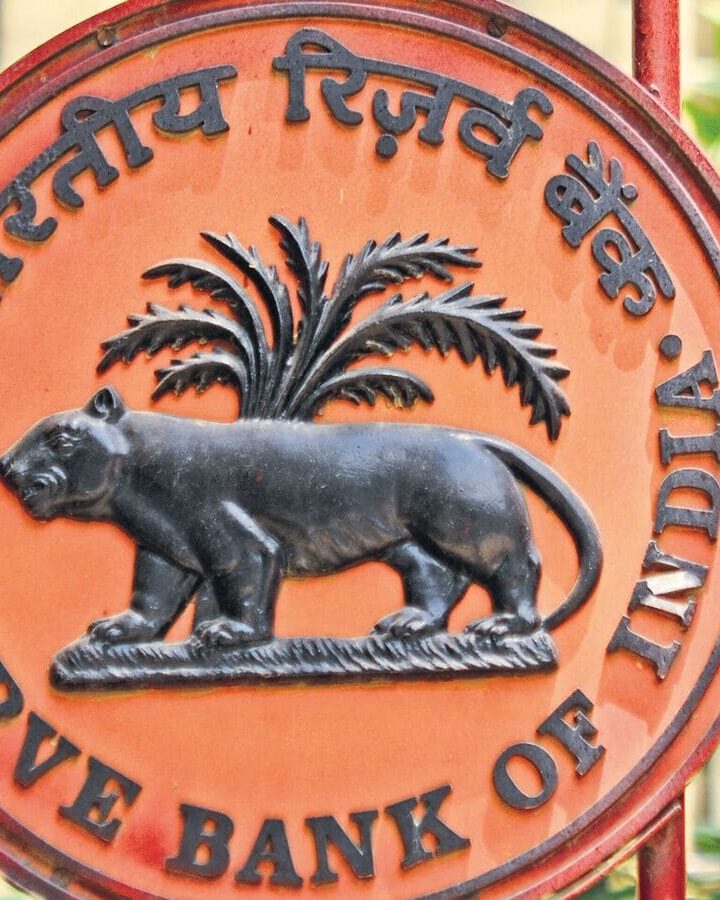As from January 1, 2025, one of the key regulations taken by the Reserve Bank of India will make it compulsory for lenders to update credit bureau records every 15 days. This may completely transform the way credit score is calculated and published, thus ensuring that the financial activity of the borrowers is represented more promptly and accurately. Previously, updates were only done on credit score every month, thus delaying the effect of loan repayment as it happens.
This mandate was issued by the RBI in August last year, and lenders and credit bureaus were given time until January 1 to upgrade their systems.
What is a credit score?
Your credit score is a number between 300 and 900 that represents the state of your creditworthiness and your likelihood to pay back your loans. The better your credit score, the higher your chances of getting cheap loan deals. Calculating this score is based on credit bureaus reviewing information provided by lenders, including banks and credit card companies. The following factors influence the score:
- Payment history: You pay your credit card and loan payments on time.
- Credit utilisation: This is a ratio of available credit to that which is being used.
- Credit mix: You have a mix of credit products, such as house loans, credit cards, and personal loans.
- Recent credit enquiries: Application for personal loans or credit cards.
How will the 15-day rule impact borrowers and lenders?
1. Quicker updating of credit score: Missed payments or defaults may take up to 40 days to appear with the old monthly reporting system. This disparity often resulted in lenders receiving outdated information, leaving a chance for making a wrong judgment over the borrower’s creditworthiness. Through the new reporting cycle of 15 days, the actions taken by the borrowers, like on-time payments or defaults, would be observed and credited to the credit score more rapidly.
2. Enhanced assessment of credit risk: Now that they can access the current credit information, financial institutions will be in a better position to make more informed personal loan decisions. The lenders can detect potential dangers sooner, and the borrowers with good repayment habits will be rewarded sooner with better recognition of their enhanced creditworthiness.
Addressing key issues in the credit market
- Handling numerous loan applications: Many first-time borrowers apply for several loans simultaneously and often face problems paying their loan instalments. Updating this rule frequently will allow lenders to monitor the borrower’s behaviour more closely and assess the repayment capacity in real time.
- Halting ‘evergreening’ of loans: It will also stop ‘evergreening,’ whereby a debtor raises a new loan to repay the old one, resulting in an impossible debt cycle. This process will also be updated frequently, so that lenders can more readily identify and handle such circumstances to protect the financial institutions as well as the borrowers.
“Equated monthly instalments (EMIs) are scheduled on various dates across the month. A once-a-month reporting cycle could delay reflecting defaults or payments for up to 40 days, resulting in outdated data for credit evaluations. Switching to a 15-day reporting cycle would significantly reduce these delays. More frequent updates allow lenders to capture defaults or payments more accurately and closer to real-time,” Sachin Seth, chairman at credit information company CRIF High Mark, said.
Potential benefits & challenges
The long-term advantages of a move to a 15-day reporting system outweigh the difficulties, but lenders and credit bureaus are going to need to make serious technology leaps forward. Lenders will be able to make better choices, thereby lessening risks while improving market efficiency, and borrowing will benefit by faster detection of improved credit behaviour.
In conclusion, it would be bold in improving the credibility and transparency of credit information because RBI will demand 15 days’ reporting, which would naturally result in better loan deals for disciplined borrowers, more vibrant credit markets, and reduced risks for financial institutions.





